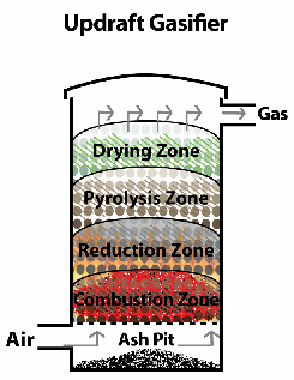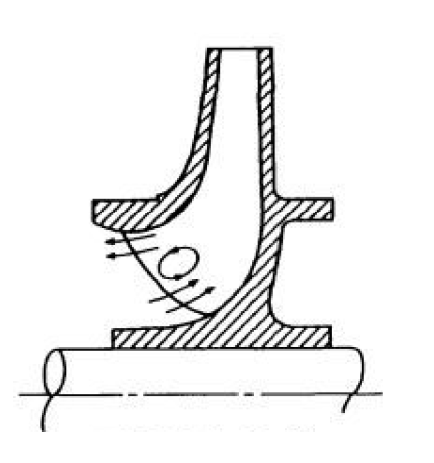Storage tanks are important for storing and managing large quantities of liquids or gases in various industries, including oil and gas, petrochemicals, and water treatment.
To ensure safety, environmental compliance, and efficient operations, adhering to recognized standards is crucial. So let's explore the API (American Petroleum Institute) standards for tanks and why they are essential.
What Are API Standards for Tanks?
API, the American Petroleum Institute, is a prominent organization that develops and publishes standards for the oil and natural gas industry, including the design, construction, and maintenance of tanks. These standards are widely recognized and adopted not only in the United States but also around the world. For tanks, API standards cover a range of aspects, from design and materials to inspection and testing procedures.
Why Are API Standards Important for Tanks?
- Safety: API standards prioritize safety by outlining design and construction requirements that reduce the risk of leaks, spills, or other accidents. This is particularly critical in industries where the contents of the tanks may be hazardous or environmentally damaging - such as petroleum industry.
- Environmental Compliance: Compliance with API standards helps ensure that tanks are designed and operated in an environmentally responsible manner. This is crucial for minimizing the impact on ecosystems and surrounding communities.
- Longevity and Durability: Tanks built in accordance with API standards are more likely to have a longer service life, reducing maintenance costs and ensuring reliable performance over time.
- Interoperability: Because API standards are widely adopted, they enable better compatibility and interchangeability of tank components and systems. This simplifies the procurement of parts and equipment.
Following table lists the API standard which are relevant to design, operation and maintenance activities for petroleum and petroleum product storage tanks.
| API Standard | Title | Description |
| API-620 | Design and Construction of Large, Welded, Low Pressure Storage Tanks | Guide for construction of tanks with internal pressures up to 15 psig. For large tanks which are assembled in field and are used for storage of petroleum intermediates and petroleum products. |
| API 650 | Welded Steel Tanks for Oil Storage | This document governs the construction of tanks storing hydrocarbon products at low operating pressure (up to 2.5 psig). |
| API-651 | Cathodic Protection for Above Ground Petroleum Storage Tanks | Discussion on corrosion problems in above ground petroleum storage tanks and associated piping. Plus description of two commonly used methods of providing cathodic protection against corrosion. |
| API-652 | Lining of Above Ground Petroleum Storage Tanks | Guide effectively limiting corrosion by lining the tank bottom, for hydrocarbon storage tank made of steel. Guidelines are given regarding lining materials, their applications, inspection of tank bottom lining etc. |
| API-653 | Tank Inspection, Repair, Alteration, and Reconstruction | Guideline for inspection, repair, alteration, and reconstruction of above ground hydrocarbon and chemical storage tanks, made of steel. Minimum requirements for maintaining the integrity of welded or riveted, non-refrigerated, atmospheric, above ground storage tanks, are discussed. |
| API-2000 | Venting Atmospheric and Low-Pressure Storage Tanks | Guide for normal and emergency vapor venting requirements for above ground petroleum and petroleum product storage tanks, above ground and underground refrigerated storage tanks. The tanks discussed in the document are designed for low pressures ranging from full vacuum through 15 psig. |
| API-2015 | Cleaning Petroleum Storage Tanks | Guide for preparing, emptying, isolating, ventilating, atmospheric testing, cleaning, entering into, hotwork and recommissioning activities in, on and around atmospheric and low-pressure (up to 15 psig) above ground storage tanks containing flammable, combustible or toxic materials. |
| API-2517 | Evaporating Losses from External Floating Roof Tanks | Guide for estimating the total evaporation losses or atmospheric hydrocarbon emissions from external floating roof tanks containing multicomponent hydrocarbon mixtures or single component storage stocks. |
| API-2519 | Evaporating Losses from Internal Floating Roof Tanks | Summary of performances of internal floating covers to prevent evaporation losses. Effects of internal floating covers on tank operation as well as the provisions for gaging, sampling, and temperature reading are described in the document. |
| API-2350 | Overfill Protection for Petroleum Storage Tanks | Covers overfill protection for all aboveground storage tanks in petroleum facilities, including refineries, terminals, bulk plants and pipeline terminals that receive Class I (flammable) or Class II (combustible) liquids. |
| API-2550 | Measurements and Calibration of Petroleum Storage Tanks | Procedures for calibrating upright cylindrical tanks which are larger than a drum or a barrel. Procedures for making measurements are discussed in Part I of the document and methods of calculating the tank volume are given in Part II. |




